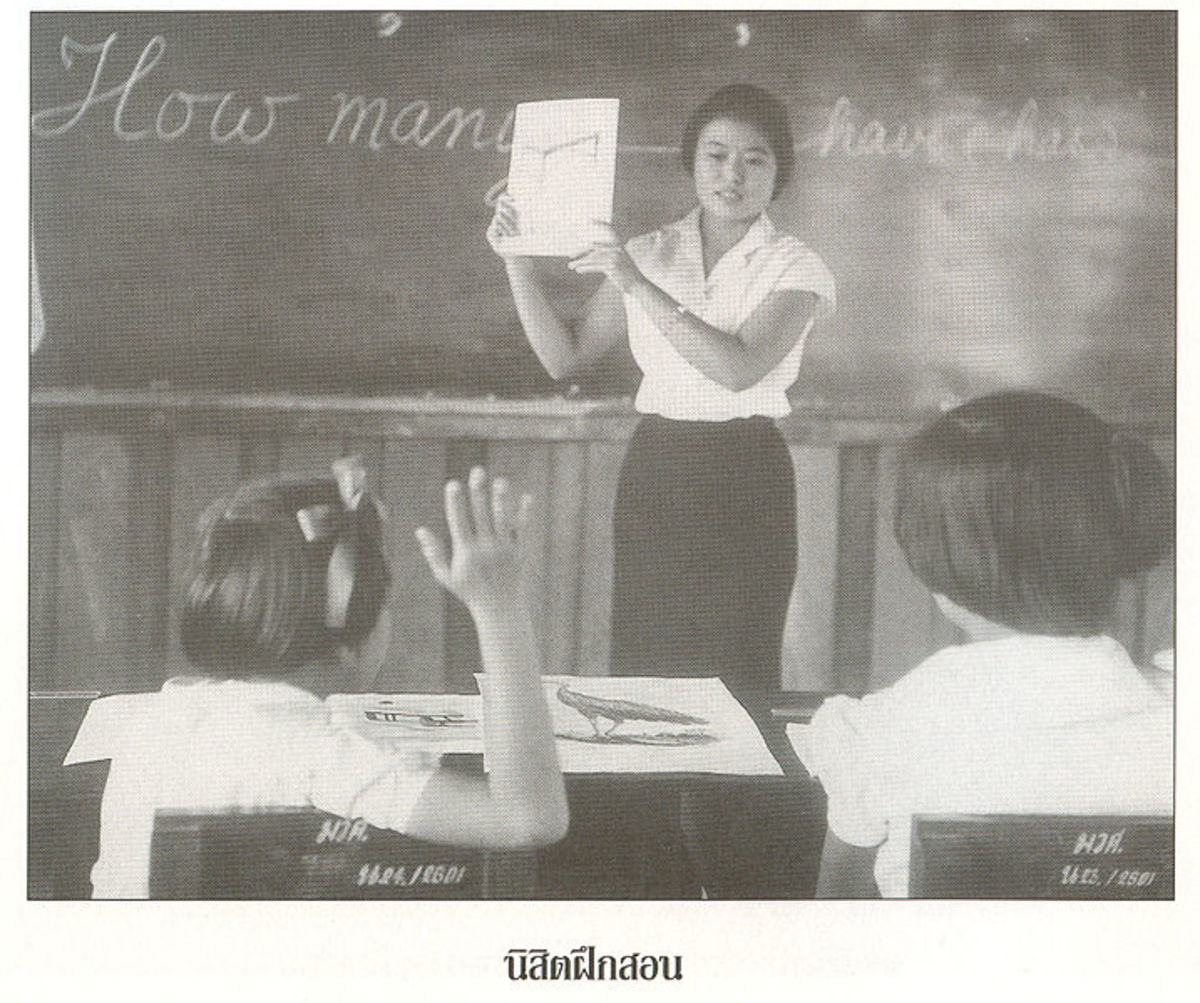- HubPages»
- Education and Science»
- Teaching»
- Lesson Plans
Increasing Students' Retention with Scaffolding and Chunking
What is scaffolding in teaching? What is chunking?
Scaffolding is the structure that holds up your whole lesson, and chunking is the best way to remember it. Without it, the kids will be easily lost and confused. If you feel like you lose the students from one activity to another, maybe it’s time to work on scaffolding.
The key to student motivation is understanding, and the key to understanding is clear explanation. There are only so many discreet facts that a student is going to memorize/keep in mind during in one class session, which makes providing a clear explanation challenging. You can get around this by using chunking. (I seriously can’t believe I’m putting my psychology degree to work here- but it’s happening!) Chunking is the grouping of small memories into larger ones, so that you have fewer things to remember overall. For example…
1, 2, 5, 7, 8, 2, 6, 4, 3, 9
You’ll never remember that.
12, 57, 82, 64, 39
You can remember that.
So what am I getting at? You can compress things that students have already learned, and add something new on, without confusing the kids. You cannot switch topics, introduce something only tangentially related, or load up on vocab late in the class period.
Maybe another example. Assume your students know animals and numbers.
I like cats.
I have a dog.
You cannot cover both of these things during one class. The definition of like, the definition of has, adding “a” before dog, pluralizing cats… can’t do it. At the end of the period, the kids are going to be messing up the first thing you taught.
But you can do…
I have a dog.
I have 2 dogs.
Do you see how this is just a variation? If the students really understood “I have a dog.” then the only thing you’re adding is pluralizing S, even though in reality you’ve added a whole new concept of measurement. It also stabilizes when to use “a,” which is likely to be forgotten if the students didn’t fully get it to begin with. In fact, I recommend teaching these two things together.
Then, for the next class you can teach.
Stacy has 2 dogs.
This is called scaffolding. You build on something the students are already comfortable with. In this way, they are always practicing and never completely lost, even if they don’t understand the new concept.
Teach only in Chunks
Scaffolding and chunking should always be intertwined. Build some chunks of basic knowledge, then use those as scaffolding to complete the lesson.
One of the most basic English constructions, which I often hear butchered even by relatively proficient speakers, is the “to be” construction. The be verb doesn’t ever need to be learned on its own. Especially not in the lower grades. Chunk it with
I am
| He is
| She is
|
|---|---|---|
We are
| They are
| You are
|
Tom is
| Beth is
| Everyone is
|
Don’t force them to remember how pronouns are used while you’re trying to teach something so fundamental. Once they understand He/She/Tom/Beth, they’ll realize on their own why all of those situations use “is.”
If they memorize these words separately, they're going to remember them separately, and get mixed up about when to use each. Plus it's double the amount to remember.
Games must match Goals
So you just did the repetition, the explanation, the reading and the examples for all these phrases. How are you going to practice?
Force the kids to write sentences using each construction? NO.
Remember, chunking and scaffolding! Your goal is to get the students to remember how to group these words, so be consistent. Build on what you have. Check comprehension, don't add an unrelated task. Scaffold!
How about a memory matching game?
- Print flashcards with each of the words separately, and have everyone move their desks (see my first article, which contains info on movement activities) to the side.
- Divide into groups and sit in circles on the floor.
- Spread out the cards face-down.
- The first student picks up two cards.
- If the cards match (e.g. I+am or Beth+is), that student can keep them. If they don't, the student has to put them back.
- Once all the cards are gone, you come and check that they made all the pairs right. The student who picked up the most cards wins.
Then maybe switch up the groups by putting all the "winners" in one group to even the playing field.
Great Teaching Resources
- Interactive Spanish ESL Games
A collection of games to help Spanish speaking students to learn English. Interactive games teach English. - Englipedia
The #1 resource for English teachers in Japan. Great game and worksheet templates, many of which will translate well to other languages. - Grammar Flash Cards | Have Fun Teaching
Grammar Flash Cards, Parts of Speech Flash Cards, and more. Great pictures!








